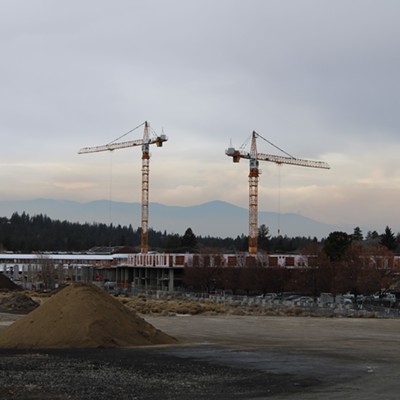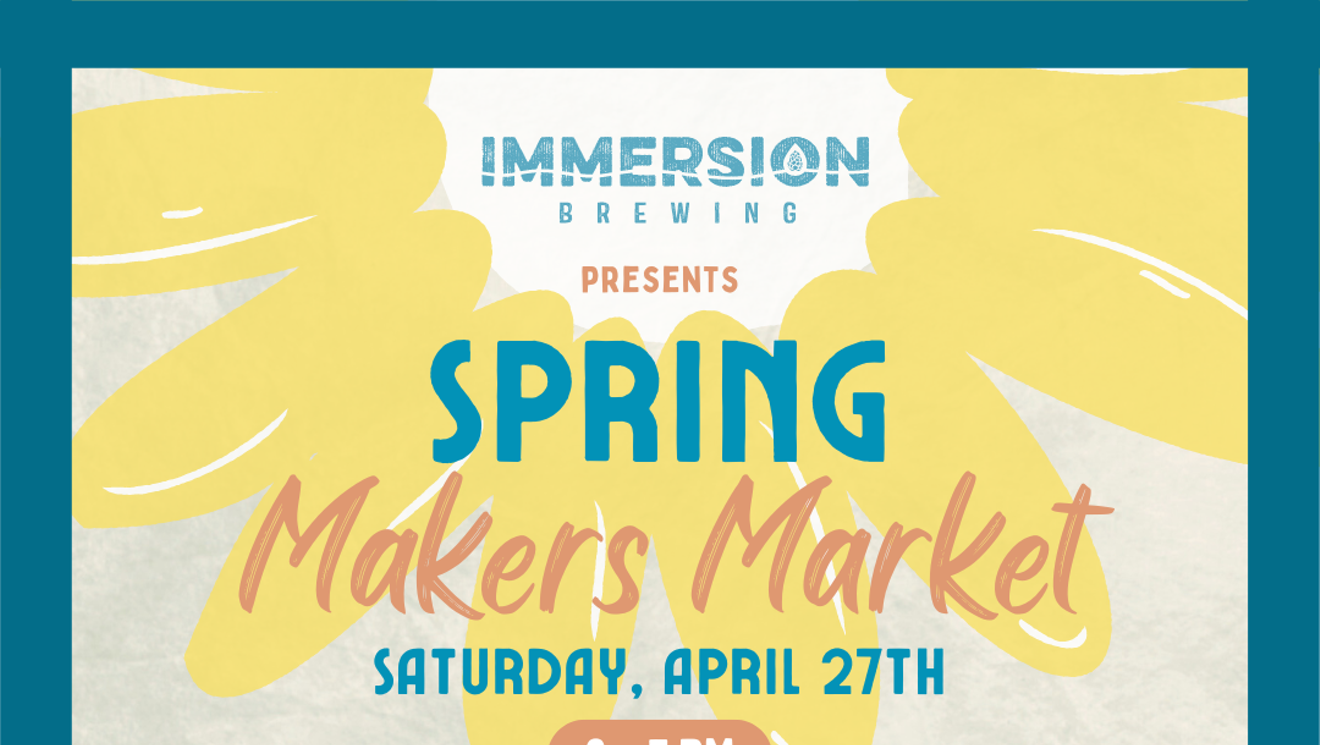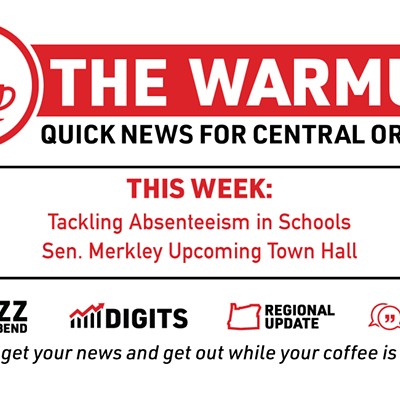When El Sancho co-owners Jon Barvels and Joel Cordes started work on the brick-and-mortar version of their popular Mexican food cart, they chose bright, bold colors that call to mind a Latin American market—lemon yellow, cherry red, aqua, and royal blue.
But not everyone appreciated the colorful paint job.
City Code Enforcement Supervisor James Goff says he received two complaints and, because the colors—in particular, the vibrant yellow siding—don't meet the City Code requirements, he had to ask the business to repaint.
According to design standards adopted and codified 20 years ago, commercial buildings must abide by a lengthy list of parameters, including color restrictions.
"Exterior colors shall be of low reflectance, subtle, neutral or earth tone colors," the code explains. "The use of high intensity colors such as black, neon, metallic or florescent for the facade and/or roof of the building are prohibited except as approved for building trim. The City of Bend color guide provides samples of approved and prohibited colors. The use of trademark colors will require approval."
The referenced color guide is a binder full of paint swatches—both permitted and prohibited. Neither Goff nor City Planning Manager Colin Stephens knew who selected the colors, but City Planner Wendy Robinson, who was working with the City when the code language was adopted in 1995, says a committee drafted the language.
El Sancho is located on Dekalb Avenue, tucked away off Third Street, surrounded by other small businesses. Co-owner Jon Barvels says he doesn't know who complained, but notes the seven nearest neighbors all signed onto a letter indicating their support for El Sancho's color choices. So either someone else complained, or a neighbor was disingenuous in offering their support.
"My problem with the complaining," Barvels explains, "is I feel like it's a very artistic expression and I feel like the complaints came before it was finished."
The color City staff suggested Barvels use to cover up the bright yellow is just a few shades lighter, and he was allowed to keep the trim and accent colors.
"The City, as much as it's annoying that we have to deal with this, were really good," he says. "They were trying to get to a place where we're both happy."
He praises the City for being willing to meet in the middle but says he feels the request to repaint was unfair.
"I feel like the way the City handled it, the people dealt with it fairly, but I think the code maybe needs to be looked at again," Barvels says. "I understand rules for things affecting people's health and safety, but we're just trying to express who we are. This has been the biggest hurdle."
It's a hurdle relatively few businesses have to jump. Code Enforcement Supervisor James Goff says that when it comes to something as low priority as paint colors, his staff is purely reactionary. So unless someone complains to the City about a business' color palate, it gets a pass.
"I think it's been five or six years since the last complaint," Goff says. "It's very rare. Most of the time they're either in compliance or the color is really close so no one ever really complains."
Though uncommon, such complaints are not unheard of. Another local business, Sargent's Stereo on Third Street, details its one-time battle over paint colors on its website. Rather than swapping out its signature red building with black trim for something unremarkable, the company got creative and used the comparatively drab pre-approved colors to create a sort of terra-cotta plaid.
Because the phrase "earth tone" is so subjective, it's not difficult to think of business that could be violating City code. And, on the flip side, most colors exist somewhere in nature—even neon. But as long as the rule is on the books, and people decide to complain about perceived violations, City staff have to enforce it.
"We have so much to do we're not really driving around looking," Goff continues. "My staff has better things to do."
Whether or not the code has better things to concern itself with remains to be seen as the City approaches a code cleanup. Goff says that this could be one of the sections that ends up on the chopping block.
"Is this something that's going to be changed in the near future? Possibly," Goff says. "After a while our codes do become out of date."
Barvels would certainly like to see the code go.
"I understand that there's gotta be a line somewhere but it's a tough question. Everyone's gonna kind of have an opinion on it," he says, adding that he thinks bold building colors should be allowed, "if it's done in a manner that looks cohesive and done for a reason."
According to City Planning Manager Colin Stephens, the code exists to maintain a certain look and extends well beyond color.
"It's for the sort of aesthetic look of the city. There are a lot of regulations aimed at that," Stephens explains. "We have an entire sign code that's more restrictive than a lot of sign codes around the country. Not only do we look at the color, but also design and building articulation."
While Barvels says he wasn't familiar with the City's color code, City staff encourage business owners to do their homework and review any applicable codes before breaking ground or committing to a color palate.
"Any time that you're going in a jurisdiction and going to be starting a new business," Goff says, "it's kind of due diligence to find out what the requirements are."
El Sancho plans to open—a slightly lighter shade of yellow—June 23 at 335 NE Dekalb Ave.


























